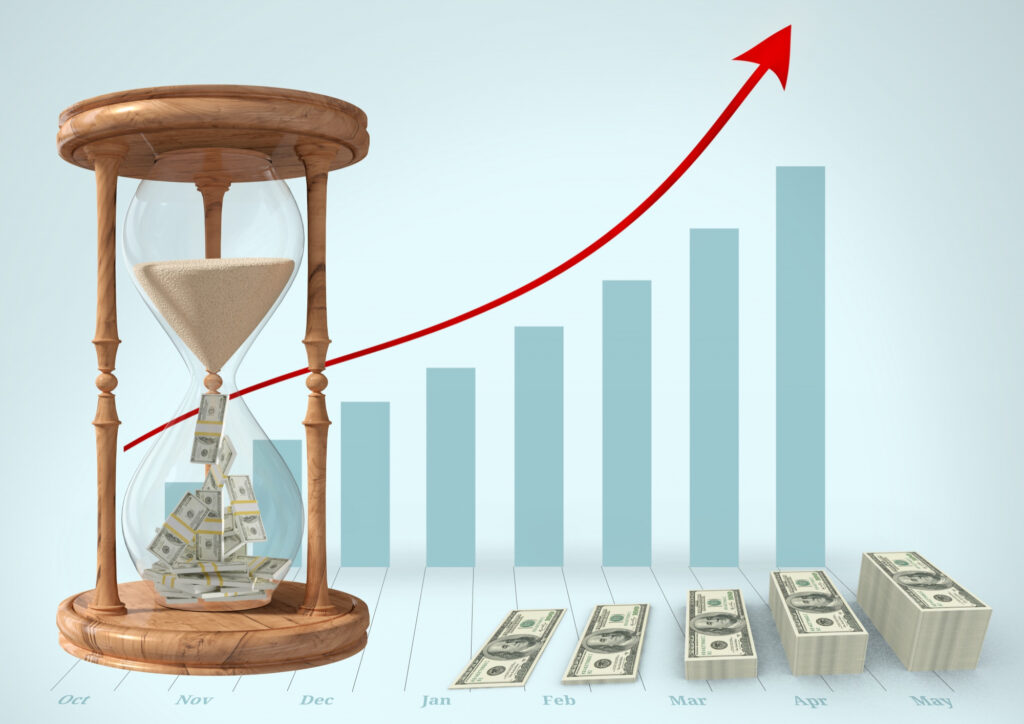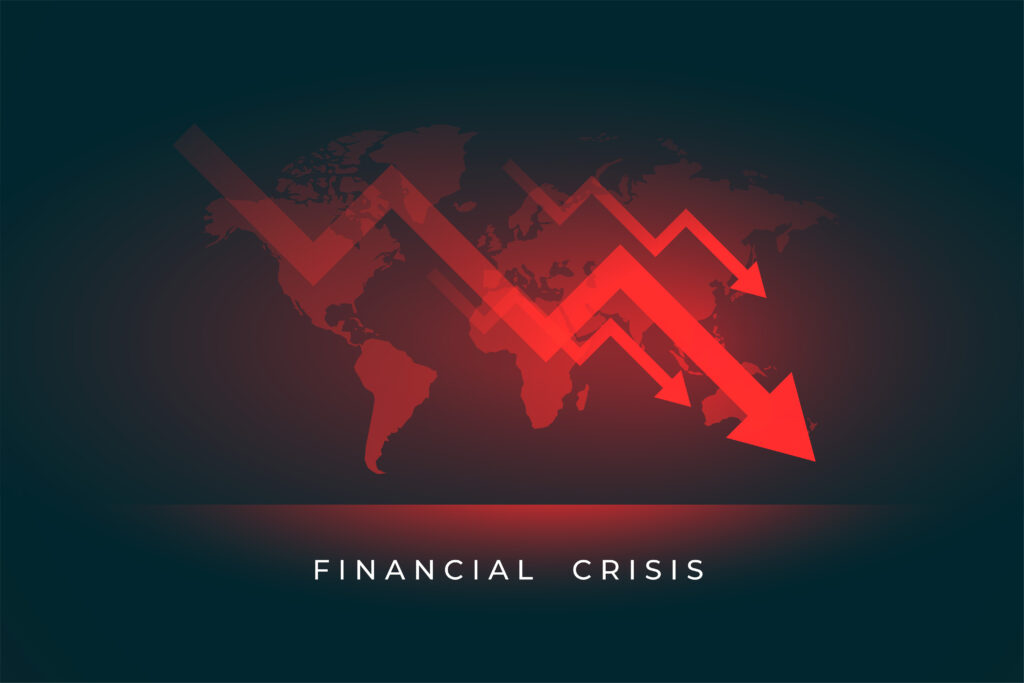Here is an explanation about the Fed going bankrupt with headings:
What is the Fed?
The Fed, or the Federal Reserve System, is the central bank of the United States. It is responsible for conducting monetary policy, regulating banks, providing financial services, and maintaining the stability of the financial system1. The Fed consists of a Board of Governors in Washington, D.C., and 12 regional Federal Reserve Banks across the country1.
How does the Fed operate?
The Fed operates by creating and managing the money supply in the economy. It does this by buying and selling government securities, such as Treasury bills, notes, and bonds, in the open market. When the Fed buys securities, it pays for them by creating new money and adding it to the reserves of banks. This increases the money supply and lowers interest rates. When the Fed sells securities, it takes money out of circulation and reduces the reserves of banks. This decreases the money supply and raises interest rates1.
The Fed also sets the target for the federal funds rate, which is the interest rate that banks charge each other for overnight loans of reserves. The Fed influences this rate by adjusting the amount of reserves available in the banking system through its open market operations. The federal funds rate affects other short-term interest rates, such as those for credit cards, car loans, and mortgages1.
What does it mean for the Fed to go bankrupt?
The Fed can go bankrupt when its liabilities exceed its assets. This can happen when the Fed loses money on its securities holdings due to changes in interest rates or defaults by borrowers. For example, if interest rates rise, the value of the securities that the Fed owns will fall, reducing its assets. If interest rates fall, the value of the securities that the Fed owes will rise, increasing its liabilities234.
However, unlike a private company, the Fed does not go into legal bankruptcy when this happens. Instead, it creates fictitious accounts on the assets side of its balance sheet, known as “deferred assets,” to offset its increasing liabilities. These deferred assets represent the amount of money that the Fed expects to earn in future years from its securities holdings and operations234.
What are the consequences of the Fed going bankrupt?
The consequences of the Fed going bankrupt are not clear, as this has never happened before in history. Some possible outcomes are:
- The Fed could lose its credibility and independence as a central bank. It could face political pressure to print more money to cover its losses or to bail out troubled banks or governments. This could lead to inflation or hyperinflation234.
- The Fed could reduce its payments to the Treasury Department, which receives most of the profits that the Fed makes from its operations. This could increase the federal budget deficit and debt234.
- The Fed could raise interest rates to reduce its liabilities and increase its income. This could slow down economic growth and cause financial stress for borrowers234.
- The Fed could sell some of its assets to reduce its balance sheet and improve its financial position. This could lower bond prices and raise interest rates, affecting both public and private debt markets234.
How likely is the Fed to go bankrupt?
The likelihood of the Fed going bankrupt is very low, as it has several advantages and tools to prevent or mitigate this scenario. Some of these are:
- The Fed can create money out of thin air to pay its obligations or buy more assets. It can also adjust its accounting rules or policies to avoid showing negative equity on its balance sheet234.
- The Fed owns mostly high-quality and liquid assets that have low default risk and can be easily sold or exchanged in case of need. It also has a large cushion of capital and reserves to absorb losses234.
- The Fed has a monopoly on issuing U.S. dollars, which are widely used and accepted around the world as a reserve currency and a medium of exchange. This gives it a strong demand for its liabilities and a low cost of borrowing234.
- The Fed has a close relationship with the Treasury Department, which backs its liabilities with the full faith and credit of the U.S. government. The Treasury Department can also issue more debt or raise taxes to support the Fed if needed23



